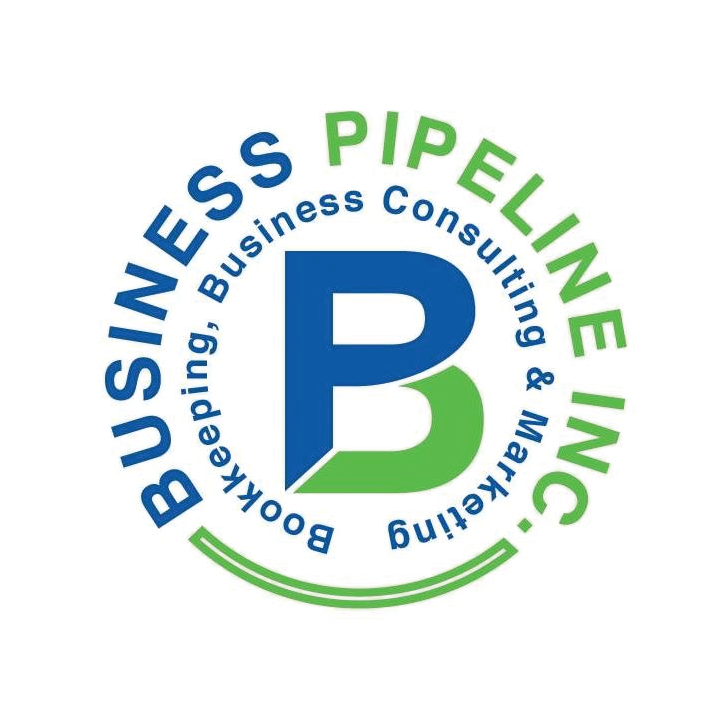It turns out that pricing in odd numbers instead of even numbers makes a difference in your bottom line. Most business owners tend to price in whole numbers like $50 or $600 pricing with $49.99 or $599. 99 is a better practice.
Small corner stores do it all the time where most items have 99 on the end of it, and most customers tend to leave the penny behind. A local neighborhood 24-hour deli hired us five years ago for their bookkeeping. We had created the underage/overage account in the general ledger and found an overage of $2092 to $2592 from people leaving behind their pennies from year to year. As a result, we had them price everything in odd numbers over two years in the store, and the overage from pennies left behind increase one hundred percent. In our next pricing increase, we started having the local pizzeria started to price items ending in $0.75 where ever possible, and customers were allowing them to keep the change or tossing it in the tip cup.
We took the pricing to our service business owners and found that customers did not challenge oddly priced services when given a price quote. Customers would attempt to negotiate $600 or $1000 but not a $599 or $999.99 price quote. So we move to have our customers do odd number pricing where ever possible to increase their bottom lines.
Real estate and auto sales use this same pricing structure when negotiating for years. In industries where negotiating is practiced to deter counteroffers, why not adopt this pricing structure?
Of course, you care about your price. But if you use a round number, it doesn’t come off that way to the buyer. When a buyer sees these rounded numbers, they perceive that, because the seller made less effort to come up with a more accurate price, the seller will make less effort negotiating and will settle for a lower counteroffer.
Conversely, if you price your products with more exact numbers — and I’ll even go out on an unsubstantiated limb to say using very odd numbers like “$728”. Then you’re subconsciously saying to the buyer, “Hey, I’ve spent a considerable amount of effort determining this price, and I’m not playing around!” A buyer will look at that price and think, “Gee, this person’s pretty exact, so I’m not going to get away with too much of a lower counteroffer.” The human mind is a mysterious thing.
People take you seriously when they see that you’ve made an effort. Customers will be less apt to question your pricing if they perceive that you’re not pulling your prices out of the air. Hey, maybe you are. Perhaps your prices are the best guesses. You’re not alone in doing this. But at the very least, don’t end that guess with a round number. Use an odd number in your pricing. At least make it look like you’ve put some thought into it! Doing so will earn you more money.
About the Author
Jacquéline Edwards is a Business Manager with over twenty years of experience for Business Pipeline, Inc, a business management firm designed to assist business owners with bookkeeping and business management needs.





